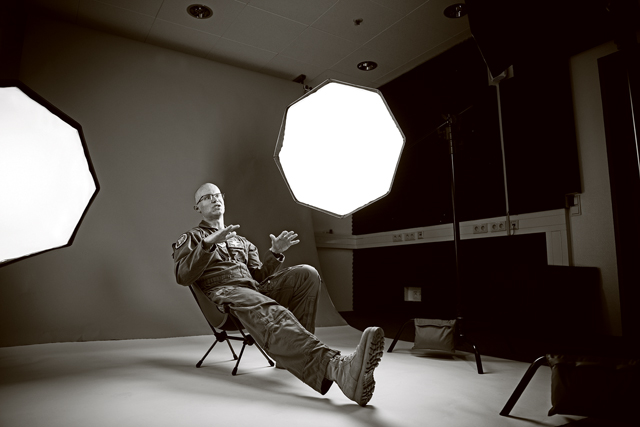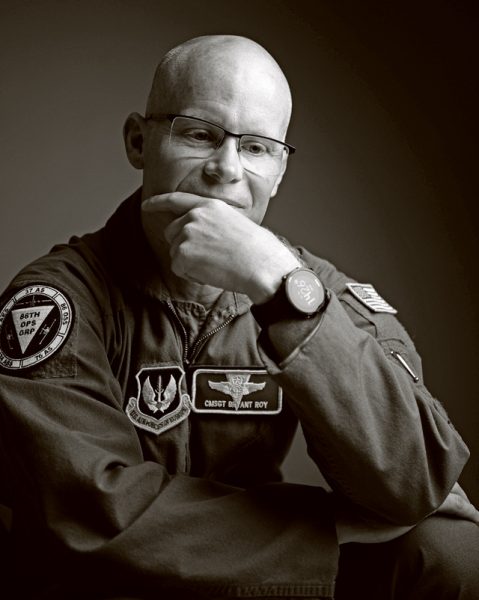
The weather in New York City was remarkably clear and calm. The sky was a pristine, deep blue, without a cloud in sight — a light breeze blowing gently, with the temperature approaching mid-to-high 60s. The morning of September 11, 2001, began as an ordinary day in a bustling metropolis known for its fast-paced lifestyle. Thousands of commuters started their journey into the city. Coffee shops, breakfast cafes, and delis opened early catering to the morning rush. Students arrived at schools and universities and attended their first class of the day.
The city was alive with the movement of millions of people going about their daily routines, unaware that this ordinary day would soon be transformed into one of the most tragic days in American history. The ordinary hustle and bustle of the morning, with its myriad of activities and routines, starkly contrasted with the unimaginable events that were about to unfold.
September 11, 2001, will forever change many lives.
Over 1,200 miles away, the then U.S. Air Force Staff Sgt. Bryant D. Roy was on leave in south Florida visiting his parents. Roy was excitedly waiting for his wife, Wylisha, to fly from Oklahoma so they could head to the University of Miami vs. University of Washington football game later that week.

Roy began his Air Force career in March 1995. In 2001, he had been in the armed services for over six and a half years. He was working at the 966th Airborne Air Control Squadron stationed at Tinker Air Force Base, Oklahoma, as an Airborne Radar Technician instructor, flying on board the E-3 Airborne Early Warning aircraft. In simple terms, he is a Career Enlisted Aviator who taught and trained others to operate and maintain radar systems on the plane, which is crucial for detecting other aircraft, weather conditions, and ground features. Unbeknownst to him, his job was critical in the coming months after the 9/11 terrorist attacks.
On the morning of September 11, 2001, Roy’s immediate future drastically changed. He was sitting in his parent’s living room, swapping players on his Fantasy Football team, the television on to the right of him. He heard the news anchor say, “Now we go live to New York City, where there is breaking news.”
“I turn around as the television switches to a live feed of the first World Trade Center on fire,” Roy said. “It looked like where the Kool-Aid Man punches through the wall or how Bugs Bunny breaks through the ground. You could clearly see the outline of where the first plane had hit, dead on, in the middle of the World Trade Center. I could see the bright blue sky behind it, and here is a smoking hole right in the middle of the World Trade Center.”
He explains how he felt this attack was “absolutely intentional.”
“I said to my parents, within the first 30 seconds of watching the TV, ‘That’s a terrorist attack,’” Roy continued. “One hundred percent. That is what this is, a terrorist attack.”
As Roy and his parents are sitting there discussing this turn of events, they watch the second plane hit live, coming out from the corner of the screen.
“Within the hour, we started hearing about the flights that crashed into the Pentagon and the field in Pennsylvania,” Roy said. “That is when I started to put it together. There were no apps for flight trackers, and we didn’t have cell phones.”
With the overwhelming emotion of being appalled, powerless, and disgusted, Roy began thinking about his wife in the air, where, later that day, he was supposed to pick her up from the airport.
When Wylisha landed in Atlanta, she called her husband to ask what was going on and why all the flights had been canceled.
“I was like, babe, you need to go look at a TV right now,” Roy stated before his wife hung up the phone call.
A few days later, Roy and Wylisha were reunited after days without her luggage and a long Greyhound bus trip down to Florida.
The morning of the attacks, Roy called back to his office in Oklahoma. Although not the answer he sought, his boss told him, “Sit tight for now.” His team had some crews preparing to leave for the East Coast as part of what became known as Operation Noble Eagle.
Roy felt stuck… stuck at home, wanting… ready to return to work.
He finally got back to Oklahoma within the week and was directed to begin flying missions with his team.
“We were basically flying in a racetrack shape, up to New York and back down to D.C.,” Roy explained. “Normally, you would see hundreds if not thousands of planes flying [on the radar]. But, outside of a few fighters and air refuelers, it was a completely clean air picture [on the screen].”
“I remember looking out the window and being able to look towards New York and still being able to see the smoke coming up from Manhattan,” he continued.
This was Roy’s life every day for five to six months after the attacks in the United States, but his primary job as an aircrew instructor did not stop there. His other mission was training new crewmembers to continue the forthcoming operations for years.
During the first years of the War on Terror, Roy served in the training unit America’s G-Flight, but almost all of the schoolhouse cadre wanted to fight.
“As we saw our students graduate and bring the war to the Taliban in the mountains of Afghanistan, especially supporting the coalition air and ground efforts in Operation Enduring Freedom,” Roy said. “It was a hard pill to swallow, and as hard-charging NCOs [non-commissioned officers] most of us felt left out of the direct action.”
Their primary mission was to train students and fly sorties to defend the homeland as part of Operation Noble Eagle.
“We eventually were able to contribute directly in many ways over the years, but during the first few, we had to take pride in the quality of the warfighters we were producing,” Roy continued. “Our former students, now proven technicians, would sometimes return to the schoolhouse following deployments to talk about some of the experiences and often became instructors themselves. All of us in G-Flight were united in that sense of pride, and to this day, it is one of the best work environments I ever served in. Although almost all of America’s G-Flight cadre have since left the Air Force, many remain in contact today. It was a special group, ironically, one I did not choose and instead, where my leadership placed me.”
Roy is now a chief master sergeant stationed at Ramstein Air Base, as the 86th Operations Group senior enlisted leader. He will retire in June 2025 after more than 30 years of selfless service.
“I still believe in our country,” Roy said. “It’s a place worth defending.”


